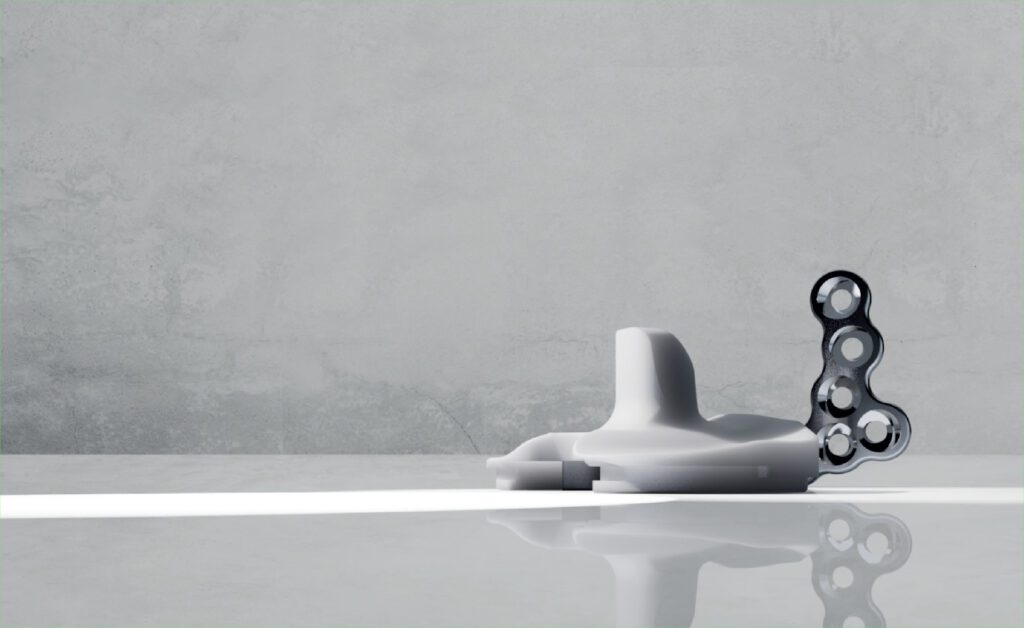
Medical device supply chain vulnerabilities have been accentuated in recent years, and it has proved to remain volatile in our post-pandemic world. What’s more is that a single disruption to the medical device supply chain is prone to creating problems down the line, driving up costs and straining the manufacturing infrastructure further.
With their highly specialized and regulated nature, medical device manufacturers face a variety of supply chain obstacles when production demand increases. Rising material costs, shipping disruptions, and regulatory compliance are a few potential dilemmas that stand in the way of better serving the market.
When medical device supply chain needs cannot be fulfilled, the strain worsens and contributes to employee turnover and quality control concerns. In our experience at SW North America, the proper machines and automation solutions can help medical device manufacturers prepare for volatile supply chain and production demands. This ensures better continuity, and it ultimately enables businesses to be more flexible and consistent during high-stress times.
Better manufacturing starts here
Fulfilling production demand for medical devices starts with building better solutions. This may seem elementary, but sometimes the simplest options can be overlooked. This may be done by:
- Upgrading to current technology standards
- Adjusting existing software to enhance the production process
- Redesigning and optimizing systems in the assembly process
As a result of exercising these three steps, medical device manufacturers can create processes that increase efficiency and production. Quality levels may also experience similar increases, as the number of parts that do not meet regulatory standards will be reduced.
Additionally, medical device manufacturers may also incorporate smart devices, touchscreens, and adaptive interfaces into the manufacturing process to enable employees to reduce the number of steps needed to accomplish a task.
Reduce medical device production time
Manufacturers that reduce production time while retaining part quality are better equipped to handle the changing medical device supply chain and market demands. Three ways to try when looking to reduce medical device production time and improve efficiency, include the following:
- Using automated processes
- Relying on robotics systems
- Shortening cycle times and improving surface qualities with linear motor technology
Automated processes substantially cut down on labor requirements. They are also repeatable and capable of delivering high-quality results that meet the medical device industry’s strict requirements. Reductions in the margin of human error are common here, as the resulting products are more uniform, controlled, and consistent.
Production time may also decrease with engineering advances and added digital capabilities.
For high-precision machining, SW North America’s CNC machines with linear motors provide reduced production time. A linear motor is ideal, as it ensures high force and positioning accuracy and reduces backlash errors – even at the highest machining speeds.
The production of medical implants, for instance, are an outstanding use case for the power of high-precision manufacturing of complex geometries using a highly-dynamic linear motor.
Compact equipment may be the answer
Like many people in the industry, you have likely thought about how much faster medical devices products could be produced with more machines. But, what if you could produce the desired number of parts with fewer machines?
Real estate on the manufacturing floor is too valuable to waste. To honor this and also increase medical device production capacity, an investment in multi-spindle machines can do the trick. The option of having one, two, or four spindles within one machine saves much-needed space and also results in reduced energy consumption.
It is a win-win scenario for meeting medical device supply chain and production needs.
As the medical device industry continues to adapt to changing production trends, relying on a market leader in automation and technology like SW Machines can help medical device manufacturers maximize productivity and flexibility.
For further insights on adapting to new medical device industry standards, message us your questions.

